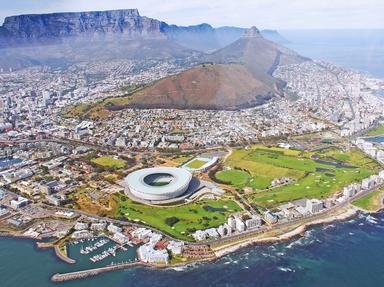Quiz Answer Key and Fun Facts
1. Who were the first people to inhabit the area that is now Johannesburg?
2. Which man, who shares his name with one of the Beatles, discovered gold on a farm in Johannesburg in 1886?
3. Johannesburg was founded in the 1880s during the Witwatersrand Gold Rush as place for gold prospectors to settle and live. Which neighborhood is Johannesburg's oldest and is sometimes called the Cradle of Johannesburg?
4. The term "uitlander" refers to which kind of people?
5. Which famous world icon, who is best known for his work outside of South Africa, came to Johannesburg in 1902 and led a nonviolent movement in 1913?
6. The Rand Rebellion began on December 27, 1921 and lasted until March of the following year. Who revolted during the Rand Rebellion?
7. During World War II, what role did Johannesburg play in the war effort?
8. What is the name of the infamous township where thousands of black South Africans were rehoused after being forcefully evacuated from Johannesburg in the 1950s?
9. What was the main cause of the Soweto Uprising that occurred on June 16, 1976?
10. The so called #FeesMustFall Protest began in October 2015 to protest an increase in the price of what?
Source: Author
Joepetz
This quiz was reviewed by FunTrivia editor
bloomsby before going online.
Any errors found in FunTrivia content are routinely corrected through our feedback system.

